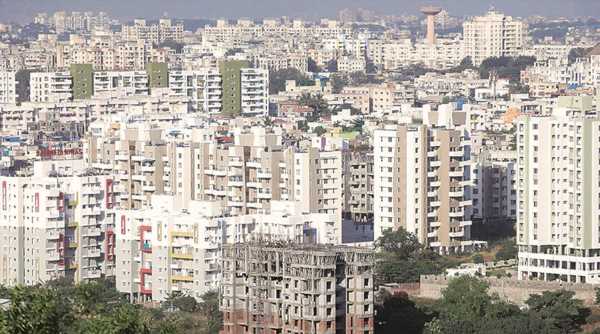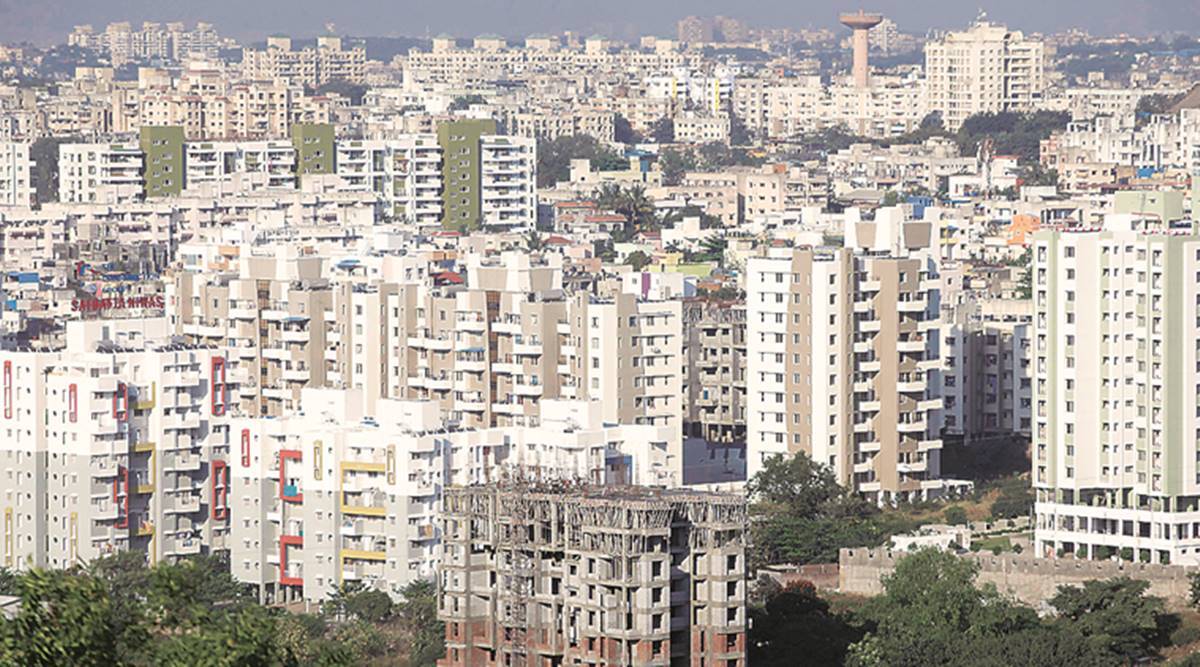As income streams of homebuyers in relatively affordable segments took a hit, the disbursal of new loans reduced, according to property consultants
The long shadow of the slowdown triggered by the Covid-19 pandemic had seen the economic housing sector being hit the hardest. Disbursal of new loans reduced on one hand while outstanding payments showed a steep rise. A look into this market which has seen the government push numerous reforms in the last few years.
As per the Reserve Bank of India (RBI), housing loans up to Rs 50 lakh in metro markets and up to Rs 40 lakh in non-metro markets constitute affordable or economic housing loans. Included in the priority sector lending, banks are given yearly targets for their disbursal. Like agricultural crop loans, banks are mandated to fulfil the same.
Over the last few years, the central government has pushed many reforms in the sector. Since the credit link subsidy scheme was launched, the Centre has sanctioned subsidies worth Rs 22,380.19 crore, of which Rs 11,042.42 crore has been released. Of the 13,38,780 houses sanctioned, 5,12,673 houses have been completed.
The main aim of the scheme is to provide housing to low-income and mid-income groups. Realtors and banks tie up for disbursal of loans for sanctioned projects. Given the government push for the scheme, many realtors had taken up economic housing. The boom in economic housing had provided the much-needed traction for the sector.
Data mined from the State Level Banker’s Committee (SLBC) meeting agenda talks about how the Covid crisis had hit the sector. On June 30, 2019, SLBC’s minutes talked of total disbursal of Rs 4,292.77 crore to 67,935 accounts. Loans worth Rs 96,049.16 crore were outstanding back then from 9,24,515 accounts. Exactly a year later, on June 30, 2020, Rs 1,347.82 crore was disbursed and the total amount outstanding was Rs 99,978.21 crore. On June 30 this year, the SLBC reported disbursal of loans worth Rs 3,064.37 crore, while the outstanding amount was Rs 98,454.95 crore.
The data points to the slowdown in the sector which was one of the main drivers. Recent reports by multiple property consultants have also talked about increased traction in luxury and mid-segment housing sales. This, they say, is due to pent-up demand and consumers’ requirement for bigger housing. Moreover, economic housing is aimed at a sector that has seen the most job losses and people are conserving now, rather than spending.
Paramvir Paul, the Pune branch director of property consultant Knight Frank said the trend has been noticed in Pune as well. “While the overall sales in the relatively affordable segments (INR 50 lakh) have witnessed 51 per cent YoY growth in sales in H1 2021 and as a result, their share of overall sales increased from 44 per cent to 49 per cent. The homebuyers in mid- to high-income segments, which in Pune predominantly comprise IT employees, were relatively less impacted by the pandemic and, in fact, their income levels have gone up due to improved job prospects and increased savings levels as a number of avenues for discretionary spend were shut due to the lockdown,” he said.
“This, coupled with the lowest-ever home loan rates, extended time spent inside the house due to lockdown and the huge stamp duty savings motivated them to enter the market and purchase new homes. The homebuyers in the relatively affordable segments have not been so fortunate and have taken a bigger hit on their income streams, particularly the ones working in unorganised segments and in industries such as retail, hospitality, ancillary services, etc,” he explained.
“Consequently, the growth in sales in the relatively affordable segments was much lower compared to that in the relatively expensive segments. The revival of this demand in the relatively affordable segments would largely be dependent on the pace of India’s economic revival and also on the removal of all lockdown restrictions,” he added.
Source: Read Full Article



